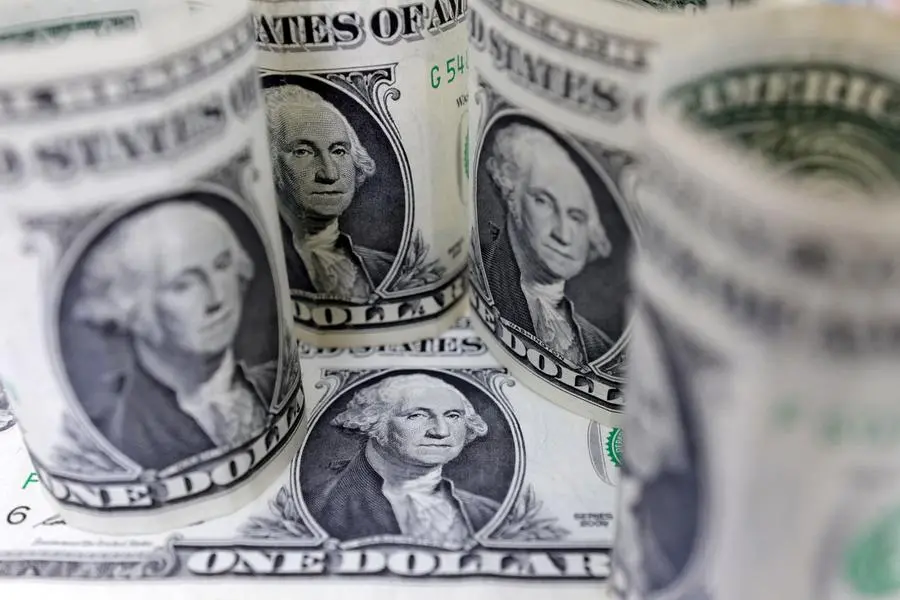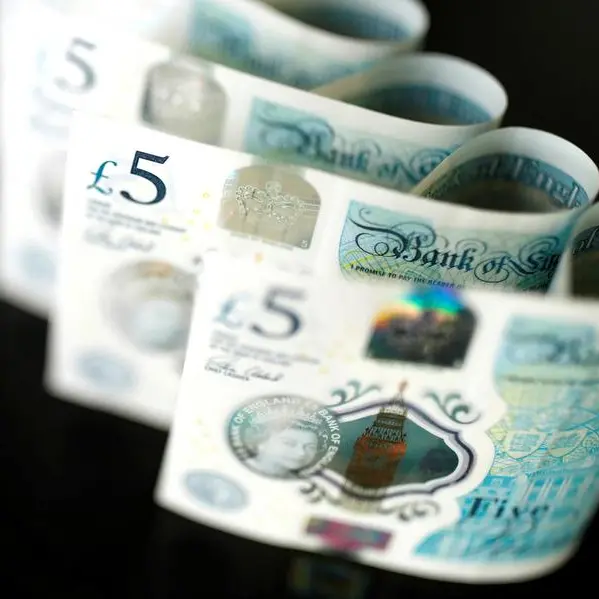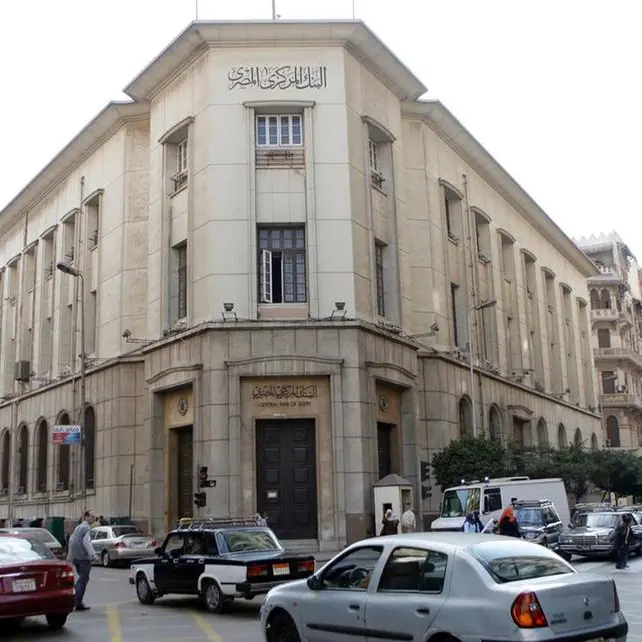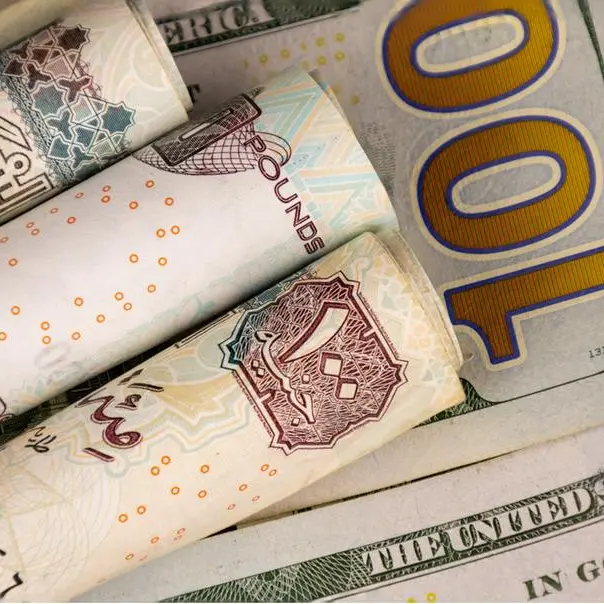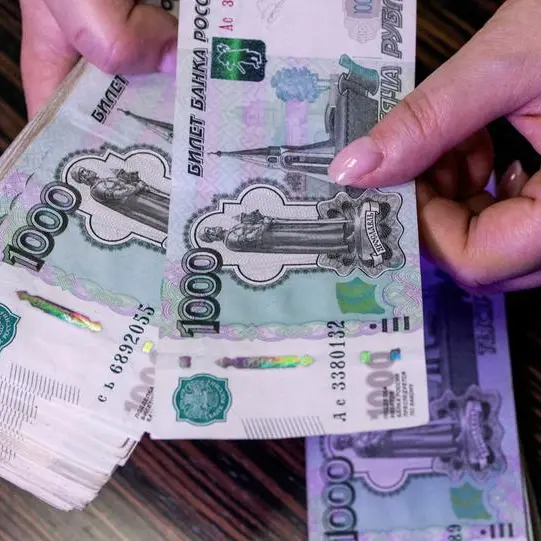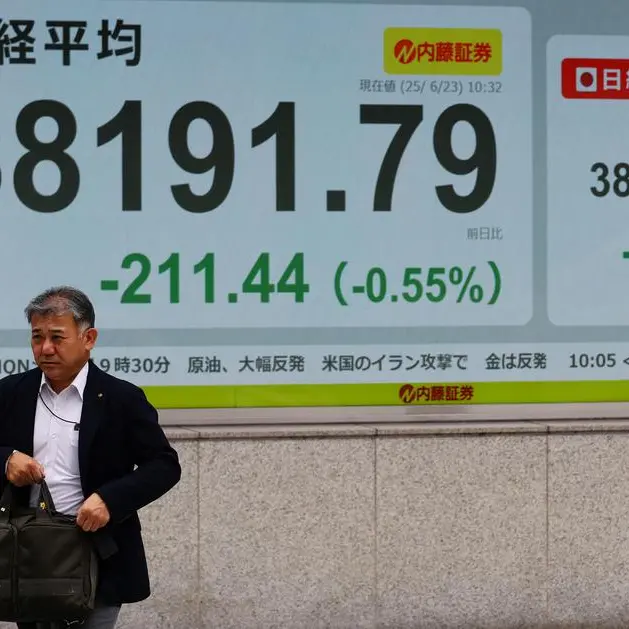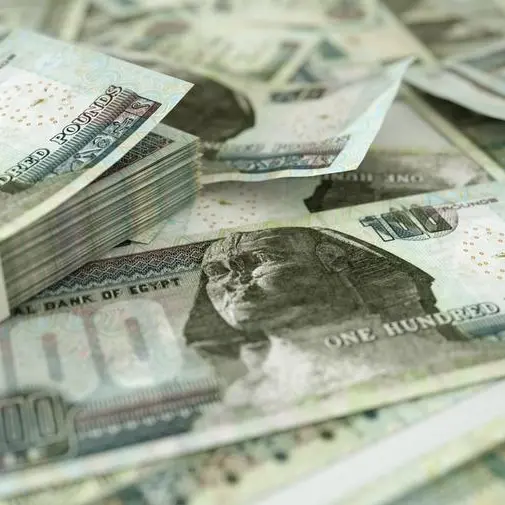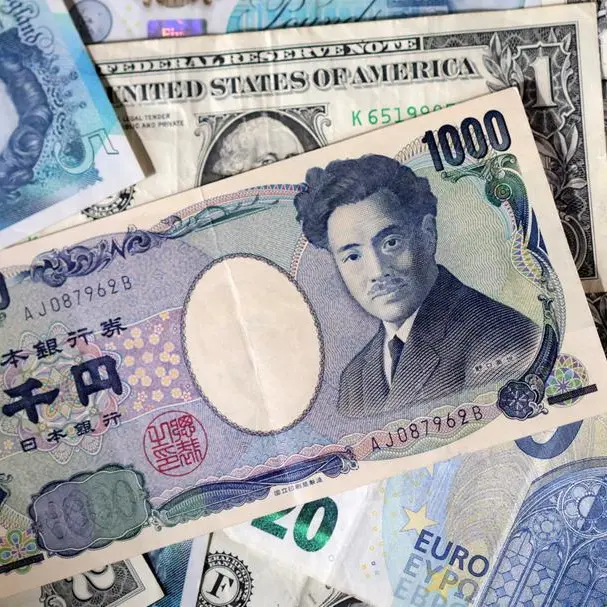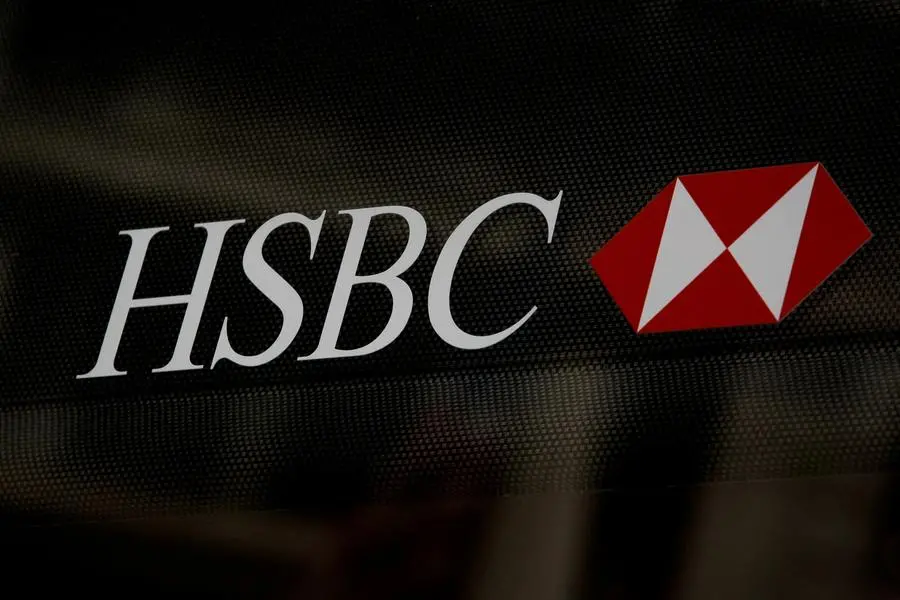PHOTO
FILE PHOTO: U.S. Dollar banknotes are seen in this illustration taken July 17, 2022. REUTERS/Dado Ruvic/Illustration.
SINGAPORE/LONDON - The euro steadied near six-week highs against the dollar ahead of an expected interest rate cut from the European Central Bank on Thursday, while the U.S. currency recovered modestly from a dip after data renewed fears of slow growth and high inflation.
Data on Wednesday showed the U.S. services sector contracted for the first time in nearly a year in May, and also an easing labour market, leading to a rally in Treasuries and increasing the chances of more rate cuts from the Federal Reserve this year.
"For most of the week, we've been staying in relatively tight ranges... there was dollar softness yesterday after the downside surprise in the ISM services data, but slightly calmer heads are prevailing this morning," said Michael Brown, senior research strategist at Pepperstone.
On Thursday, the dollar was up 0.37% against the yen at 143.34, and 0.25% higher against the Swiss franc at 0.82025 francs.
Meanwhile, the euro was virtually unchanged at $1.1416, not far from a six-week high it touched at the start of the week. Sterling was flat at $1.3565.
Brown said FX markets were essentially in a holding pattern until the European Central Bank decision later on Thursday, and ahead of closely-tracked U.S. May jobs report on Friday.
The ECB is expected to cut its benchmark rate by a quarter of a point, marking the eighth reduction in 13 months as inflation eased from post-pandemic highs. The central bank is seeking to prop up a euro zone economy that was struggling even before the erratic economic and trade policies of U.S. President Donald Trump's administration dealt it yet another blow.
Commerzbank analysts said the ECB was likely to lower its growth and inflation forecasts for 2025 slightly and may mention the stronger euro, given its disinflationary effect.
Data on Tuesday showed euro zone inflation easing below the ECB's 2% target, supporting rate cut bets.
PAYROLLS DATA
Friday's monthly U.S. payrolls figures will reveal the state of the labour market after payroll processing firm ADP on Wednesday said that U.S. private payrolls increased far less than expected in May.
The more comprehensive employment report on Friday is expected to show that non-farm payrolls increased by 130,000 jobs in May, after advancing by 177,000 in April, according to a Reuters survey of economists. The unemployment rate is forecast to hold steady at 4.2%.
"May's payrolls data tomorrow will be important to see if investor concerns are valid or overdone. A soft labour market report is likely to result in outsized falls in the U.S. dollar," said Mansoor Mohi-uddin, chief economist at Bank of Singapore.
Markets have been rattled since Trump announced a slate of tariffs on countries around the globe on April 2, only to pause some and declare new ones, leading investors to look for alternatives to U.S. assets.
Investors remain worried about U.S. trade negotiations and the lack of progress in hashing out deals ahead of an early July deadline.
The greenback weakness has been the story of the year, with foreign exchange strategists surveyed by Reuters expecting further declines on mounting concerns about the U.S. federal deficit and debt.
The dollar index, which measures the U.S. currency against six others, was at 98.87 and has dropped about 9% this year, poised for its weakest yearly performance since 2017.
Trump redoubled his calls for Federal Reserve Chair Jerome Powell on Wednesday to lower interest rates after the ADP data was released, the latest attack that has stoked worries about the independence of the U.S. central bank and rattled investors.
Markets have priced in 56 basis points of rate cuts this year from the Fed, with traders pricing in a 95% chance for easing in September, LSEG data showed.
